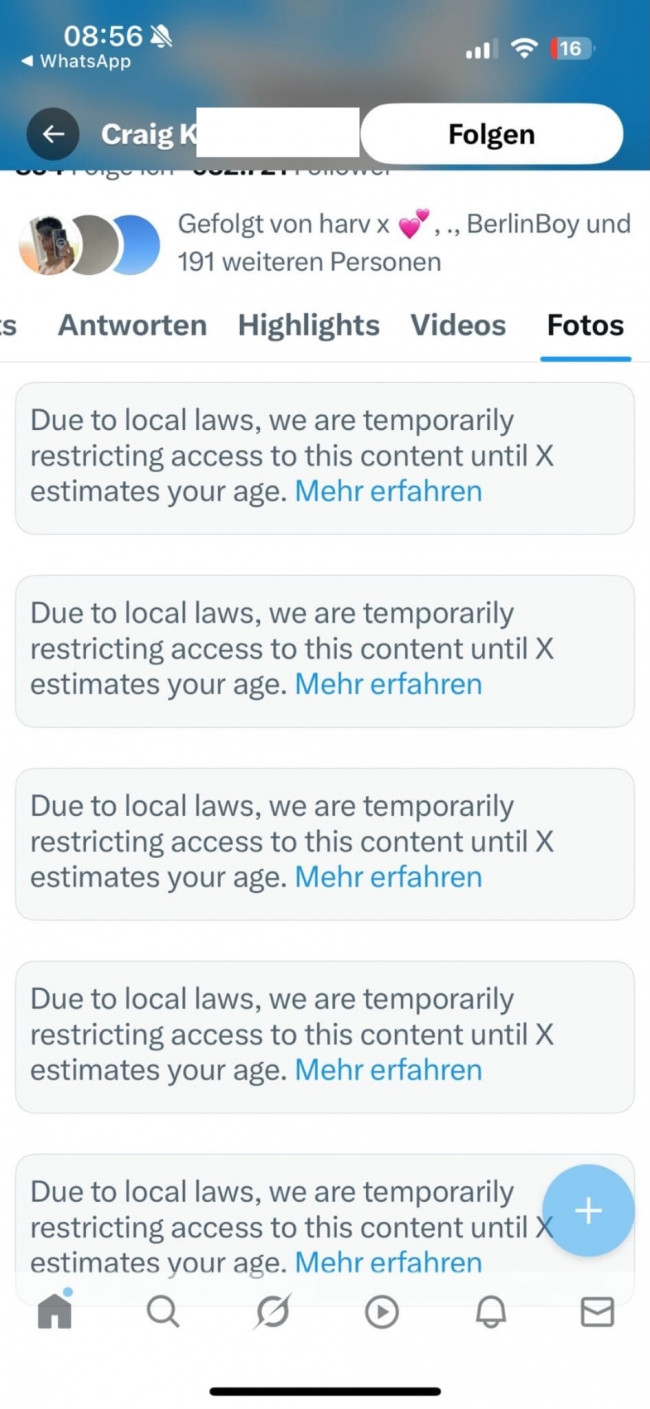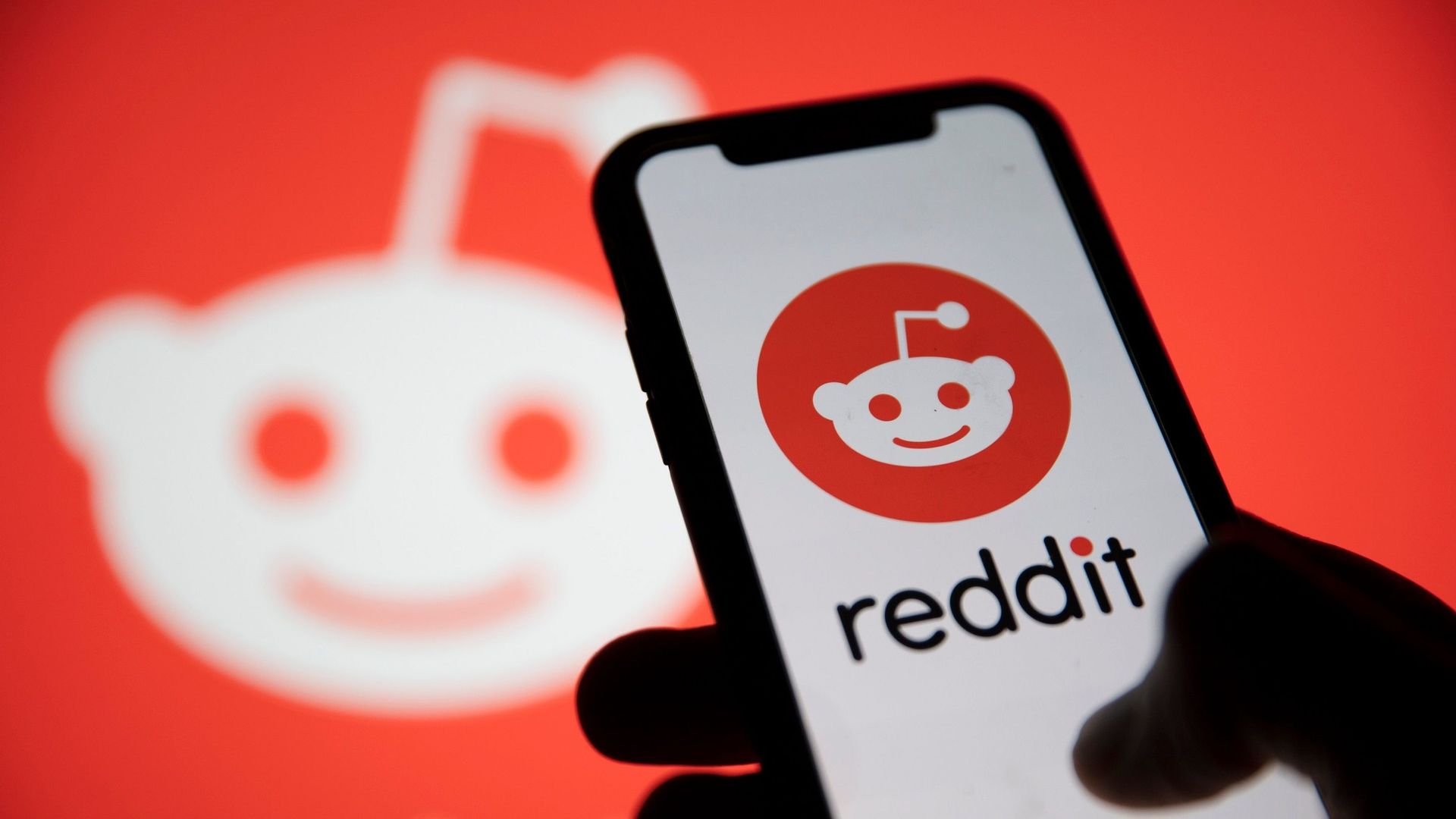
Introduction
As social media platforms continue to evolve, issues surrounding user safety and privacy have come to the forefront. Age verification is becoming a critical topic, particularly on platforms like Twitter, which has a diverse user base ranging from teenagers to adults. Implementing effective age verification measures is crucial in safeguarding younger users and ensuring compliance with legal frameworks across different countries.
The Importance of Age Verification
Age verification serves as a protective barrier, preventing underage users from accessing inappropriate content or engaging in harmful interactions online. For Twitter, this is especially pertinent as the platform aims to create a safer environment for all users while adhering to legislative requirements such as the UK’s Online Safety Bill and similar regulations worldwide.
Current Developments on Twitter
Recently, Twitter has announced its plans to enhance age verification processes. The platform is exploring new technologies that allow users to confirm their age without disclosing sensitive personal information. These methods could include AI-driven solutions that assess users’ ages based on minimal data, thereby maintaining privacy while ensuring that users are of the appropriate age for accessing the platform.
Challenges Faced
Despite the benefits, implementing an age verification system poses several challenges. One major concern is the balance between effective age verification and user privacy. Critics argue that traditional methods of age verification, such as providing ID or personal details, can lead to data misuse or breaches of privacy. Therefore, Twitter’s challenge lies in finding a solution that is both secure and respectful of user privacy.
Future Implications
As Twitter implements these changes, the response from users and privacy advocates will be pivotal. If successful, robust age verification measures could set a new standard in social media, leading other platforms to adopt similar strategies. The outcome of these developments could significantly affect how social media functionalities evolve, particularly in balancing user engagement with safety measures.
Conclusion
Age verification on Twitter represents a crucial step towards a safer and more compliant online environment. As conversations around digital safety continue to grow, it will be essential for platforms to integrate innovative solutions that respect user privacy and enhance protection for young users. Observing Twitter’s next steps will offer valuable insights into the future of digital age verification across social media landscape.
You may also like

The Impact of Snapdragon Processors on Mobile Technology

Understanding the Recent Reddit Down Outage and Its Impact
